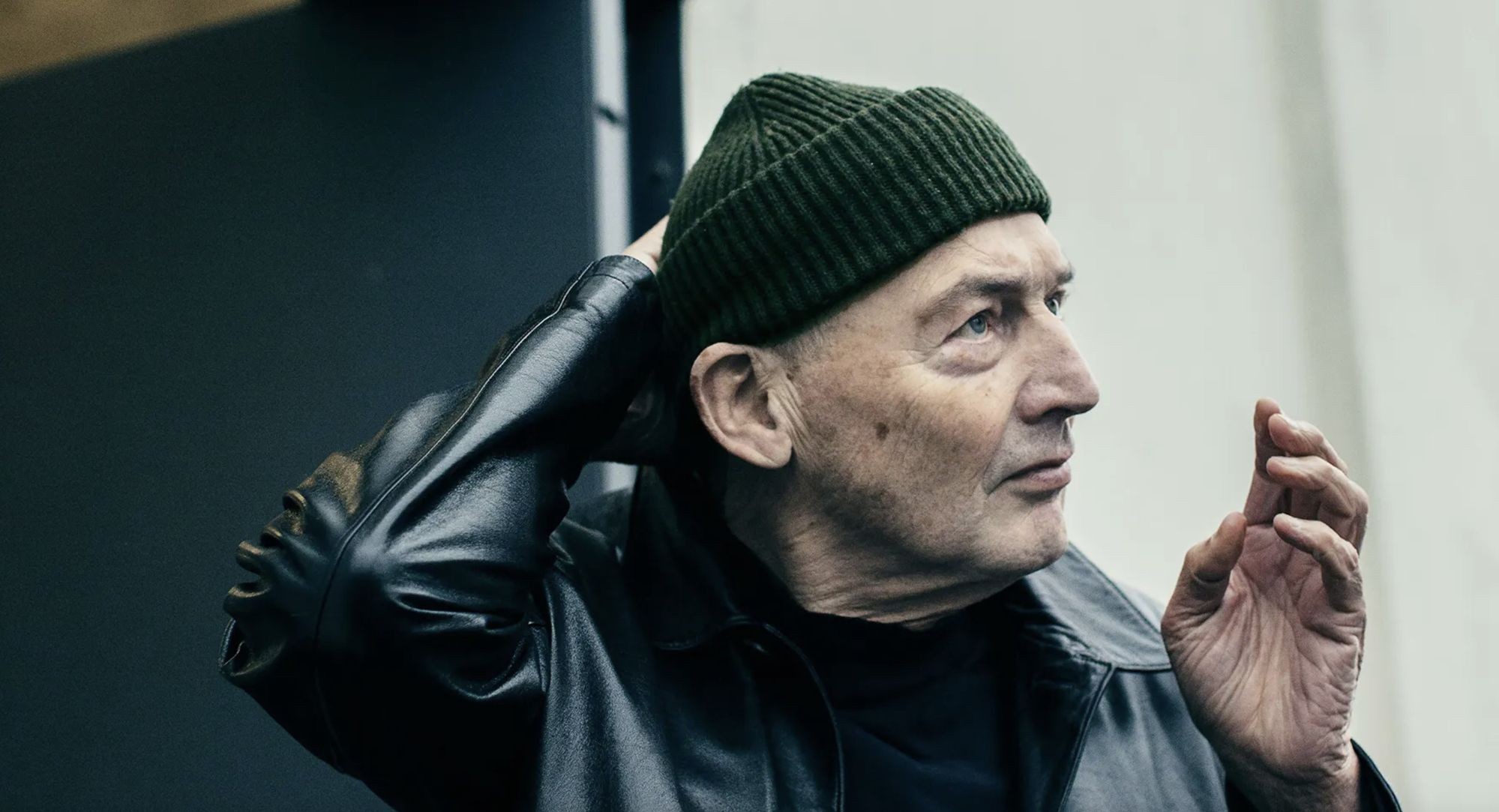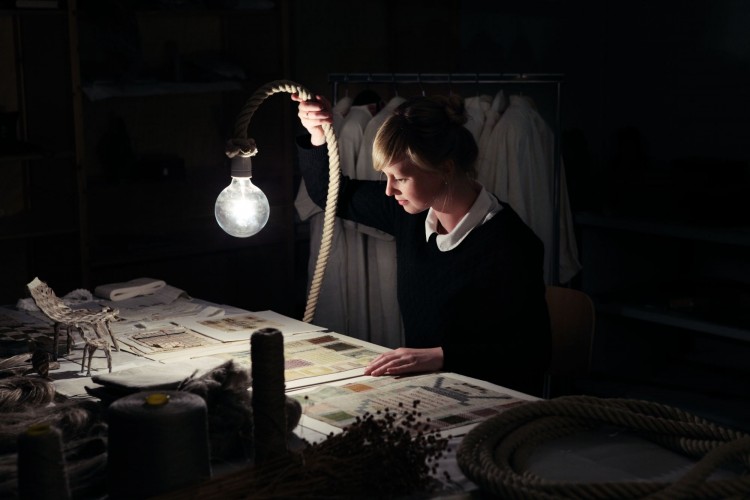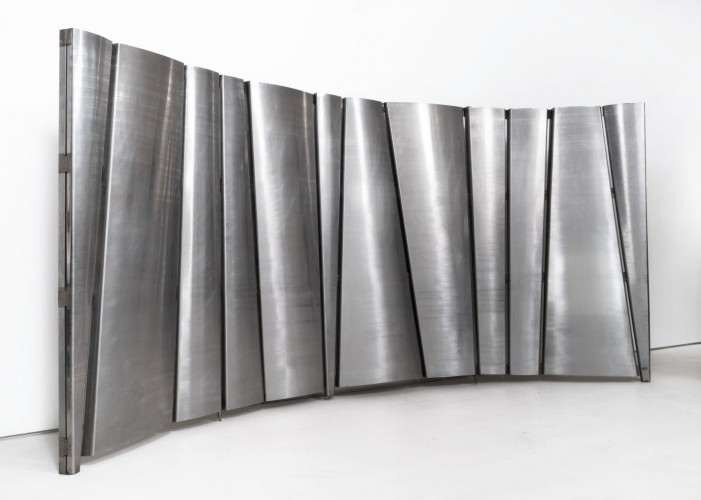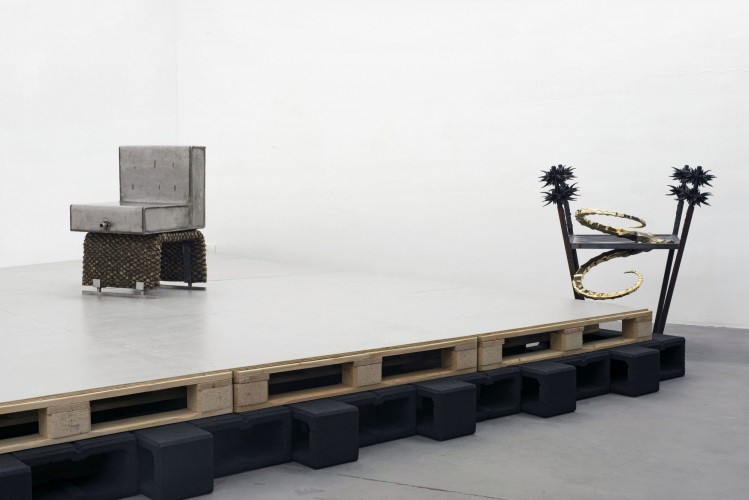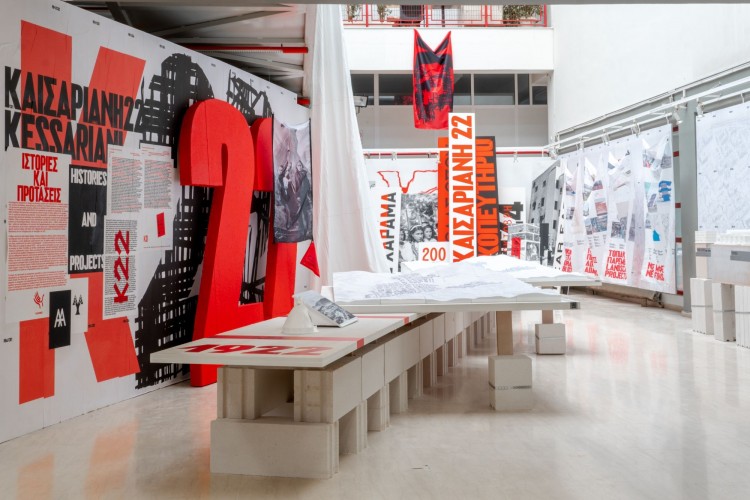Rem koolhas: "We do not know whether, this is impossible"
DS.WRITER:
Tasos Giannakopoulos
Central Image: Rem Koolhaas | time.com
A friend of mine thinks Rem Koolhaas has ana IQ of 500 and he repeats it every time we start a discussion about his work. Another friend of mine, with more wisdom and years behind him, had mentioned to me that there is no single person that can stay in the same room alone with Rem for more than 5 minutes. Possibly, through the technique of paranoid-critical thinking borrowed from the surrealists and described in his popular book Delirious New York, we could find a paradoxical, uncanny and unexpected common root in the above assertions, similar to what Rem, now 79, finds and achieves in his writings and speeches about architecture, design and the world we live in.
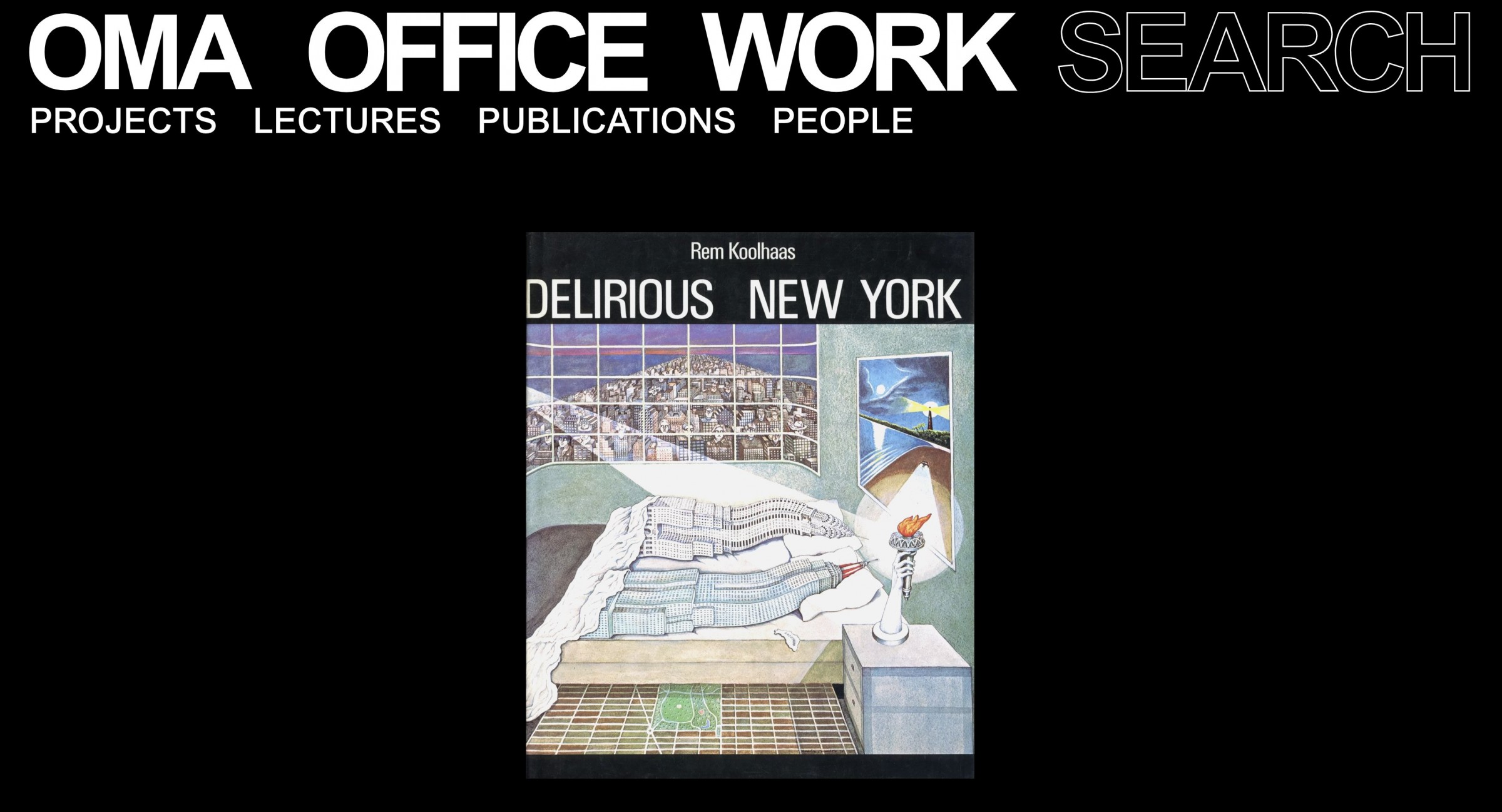
Delirious New York cover with illustration by Madelon Vriesendorp as shown in OMA site | OMA.com
If we were charismatic enough we might even mimic Rem's typical Northern European metaphorical phlegm and turn into something interesting trying to describe him, and then we would become part of the generation and the crowd of people he has nurtured intellectually and mentored -as some of the most popular names in the business- like Bjarke Ingels of BIG or Winy Maas of MVRDV, who share a background with him, but little of his stature, which comes as no surprise.
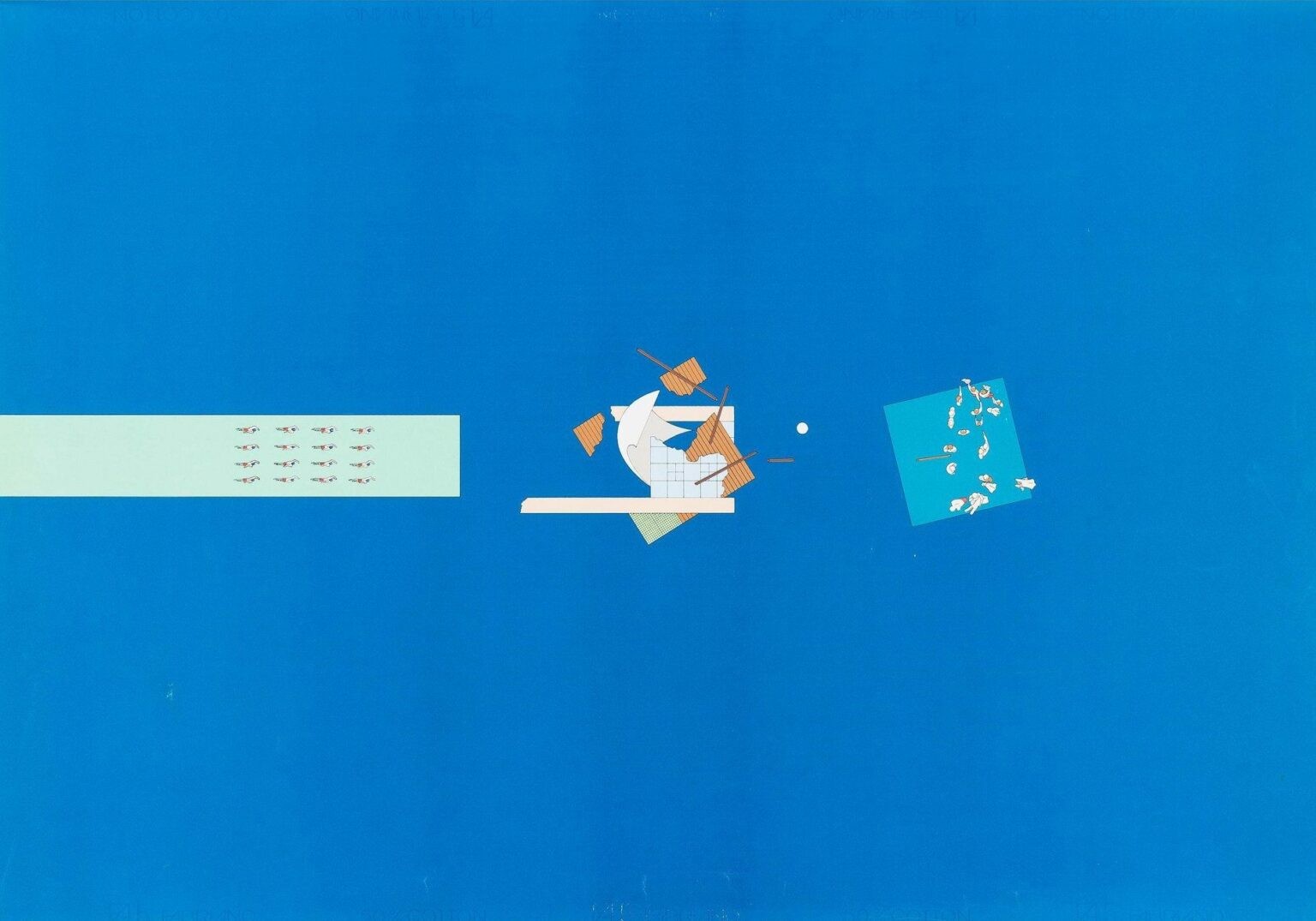
Rem Koolhaas, Madelon Vriesendorp, Medusa Raft, Trial proof, 1978. Screenprint | drawingmatters.org
Rem was born in Rotterdam in the Netherlands and in the early years of his life, because his family had to move places around the globe a lot, he had to change his world many times over and perhaps if we dared to follow the psychoanalytic path, we might infer from that, the cosmopolitan tendency in his work, which would later give birth to OMA, Office for Metropolitan Architecture, that would change our world at least a couple of times.
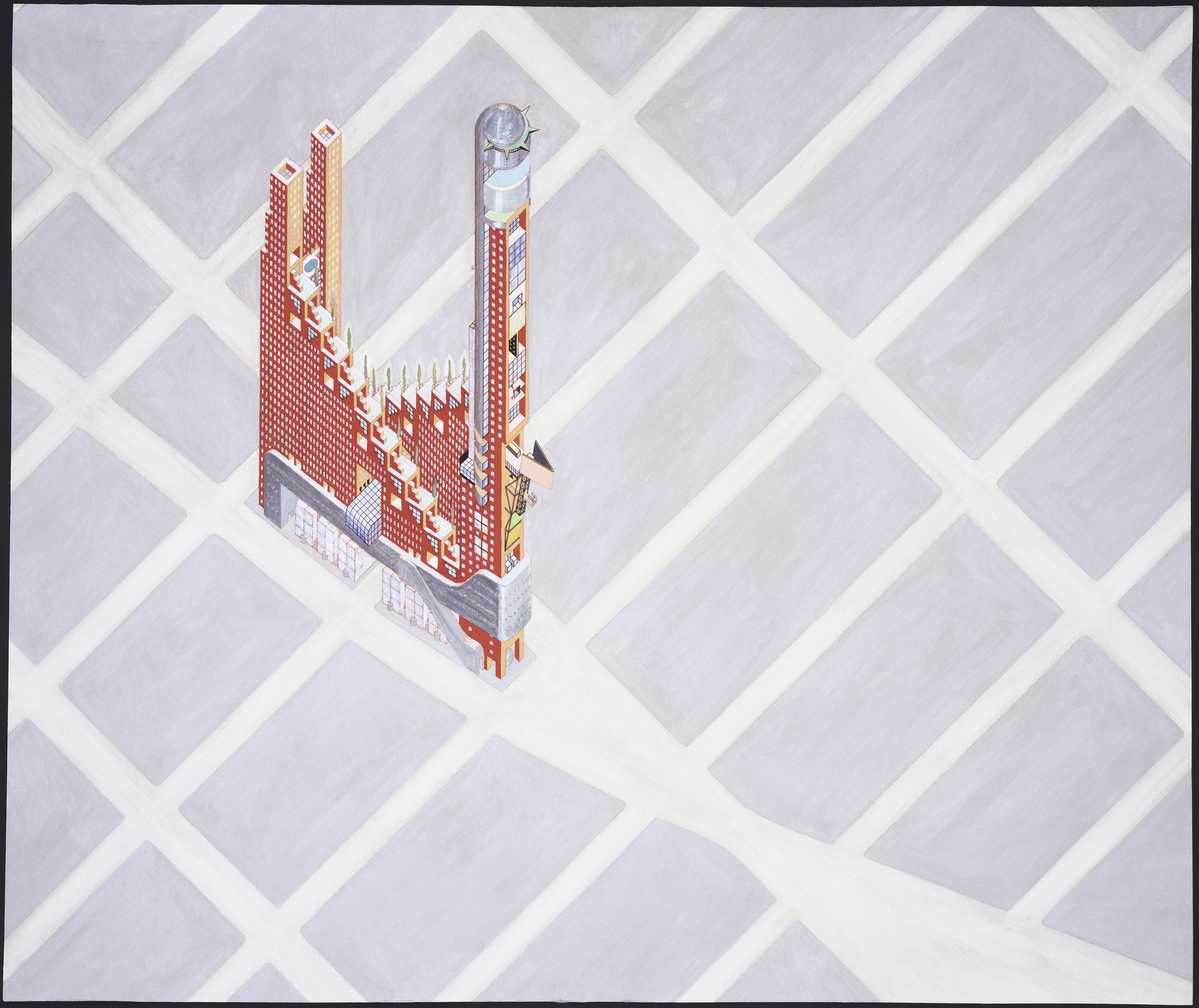
Elia Zenghelis, Zoe Zenghelis, Hotel Sphinx Project (Axonometric), 1975–1976, New York included in Delirious New York | moma.org
OMA was set up together with Ilias Zeggelis and Madelon Vriesendorp and Zoe Zeggelis in 1975 and the ironic, critical, pessimistic, matter-of-fact attitude of the office was a key element from the beginning. As, for example, when it comes to 1975's Hotel Sphinx where they produce a programmatic hybrid recalling the mythical creature that asked passers-by the famous riddle at a crossroads, from which the work borrows its name, and place it at another crossroads - that of Times Square - posing a similar question in the architectural moment of the time.
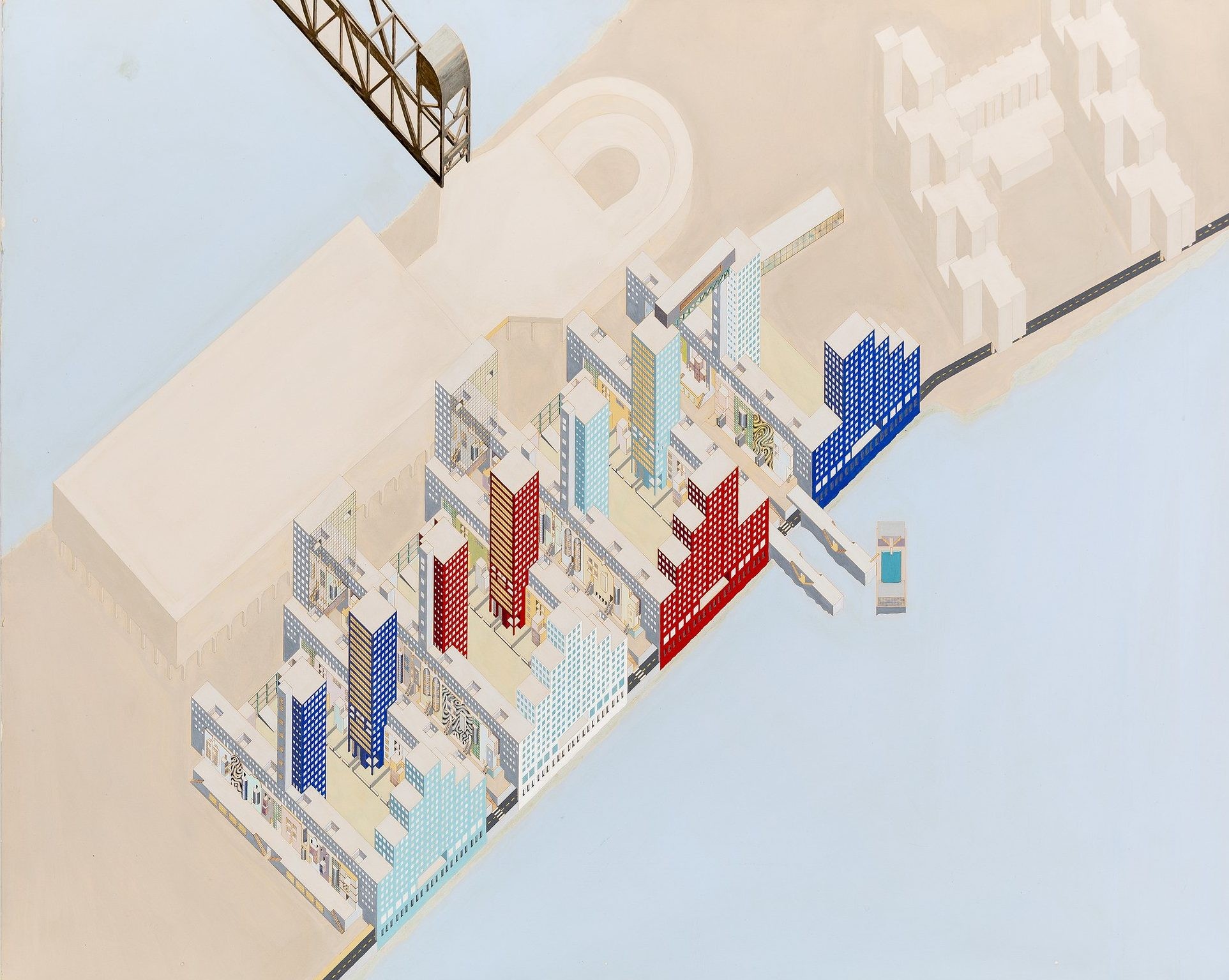
OMA, Rem Koolhaas, Roosevelt Island, 1975. Acrylic and watercolour | drawingmatter.org
In the same year, a similar work for the Roosvelt Island Redevelopment Project uses the iconography of the painting The Raft of the Medusa and translates it into the abstract plastic form of the volumes and colours that make up the proposal for the competition. In the painting, Géricault depicts the famous and macabre shipwreck where its occupants were turned into cannibals to survive, and Rem places it in a game of references and iconology, that will become part of his palette, the transformed architectural form of the painting on the competition site to be developed, located across the river from Manhattan and the center of the economic activity of the United States empire.
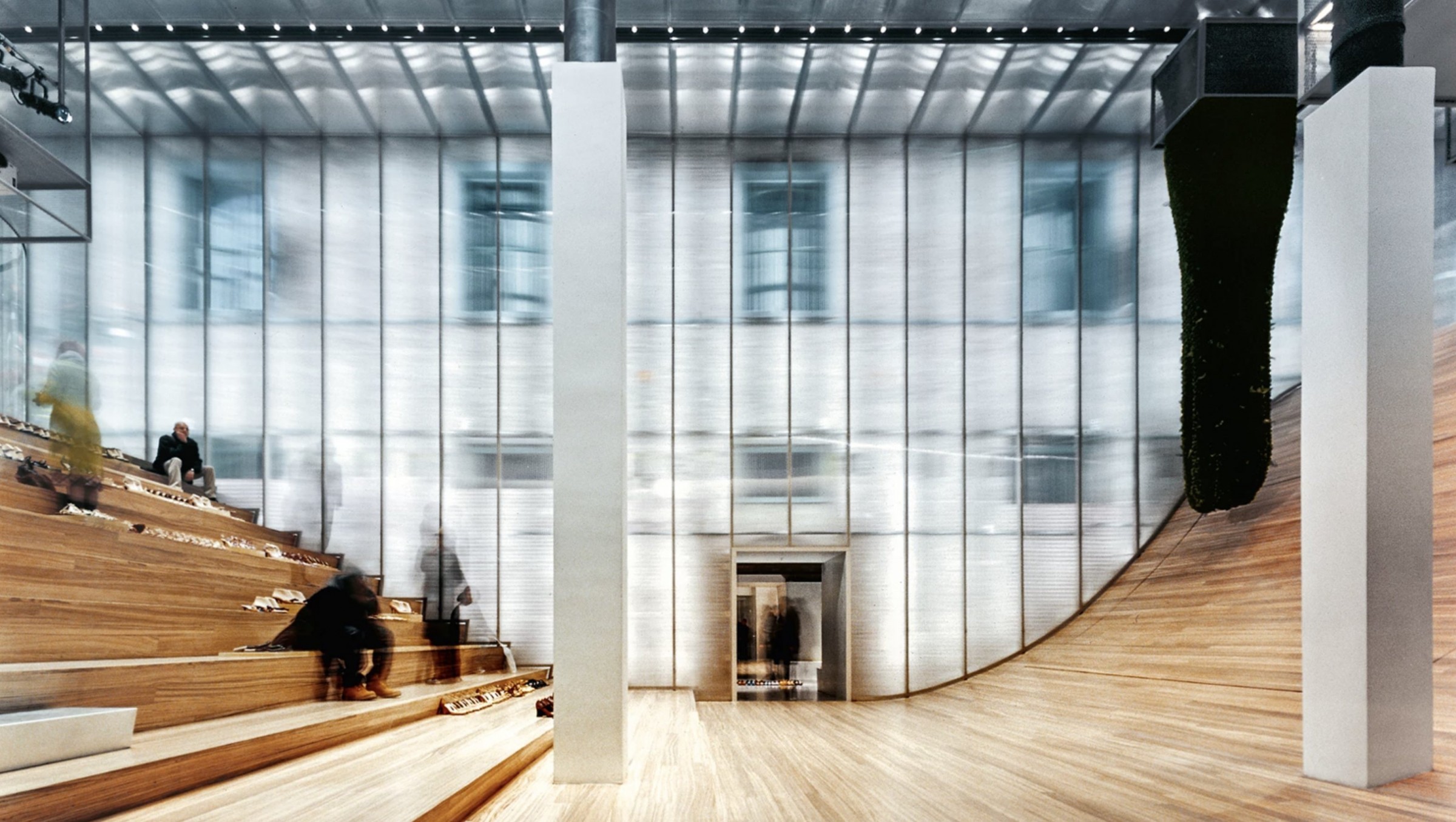
OMA, Prada Epicenter, Manhattan, New York | arquitecturaviva.com
Manhattan will be a favourite place for Rem, since Delirious New York (1978), which is a retrospective manifesto for the city - a concept that, if examined pragmatically, does not make much sense, but in its application and analysis yields hyper-realistic conclusions - will be a field of experimentation where concepts will emerge, such as the culture of congestion and the vertical schism between form and programme, offering a new vision and a new urban theory for the city, the main field of action of architecture and form, in continuation of the modern paradigm.
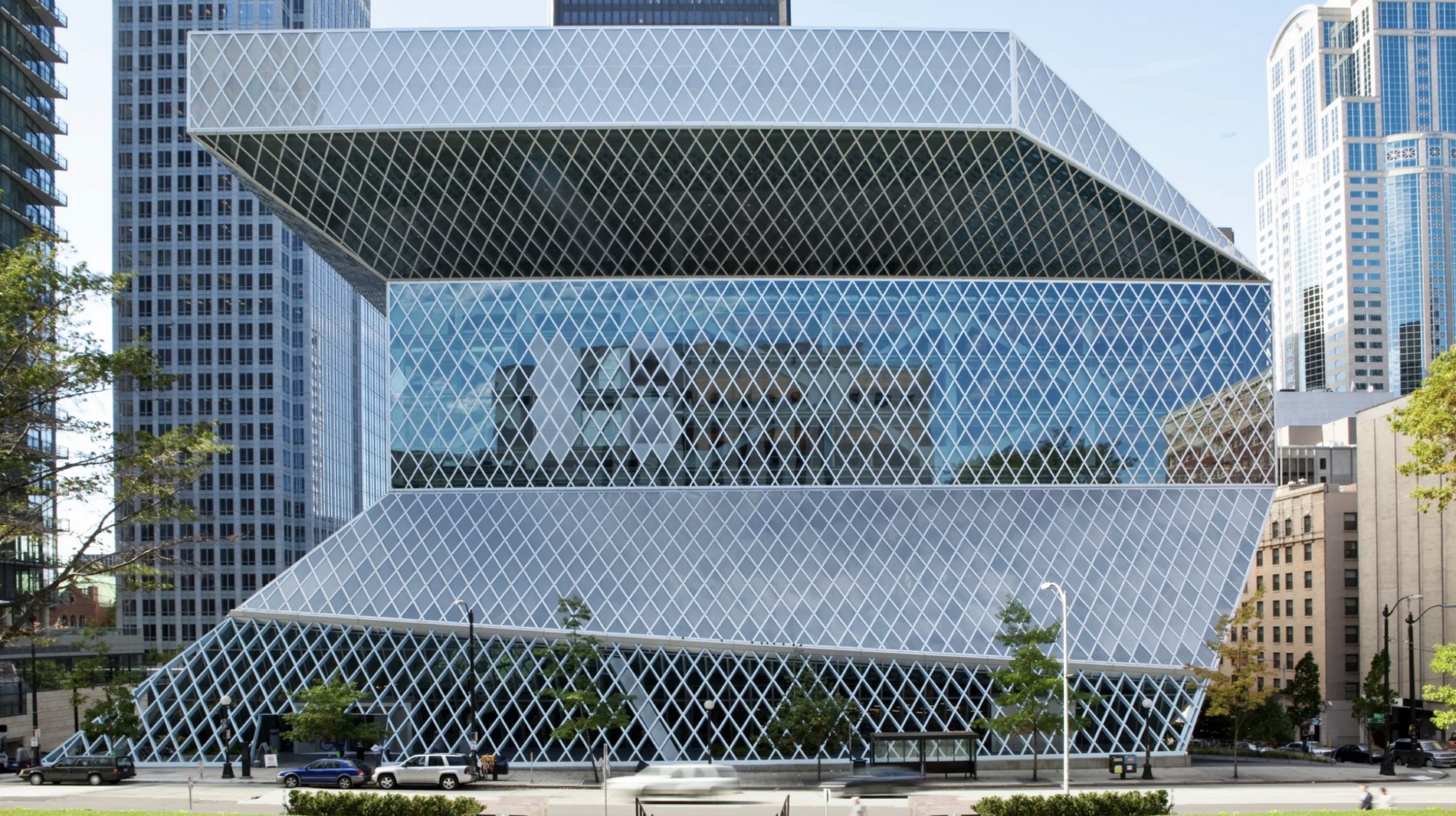
OMA, Seattle Public Library, Seattle | architecturaldigest.com
He always seems to see himself as a continuator of the modern rather than as a postmodernist or deconstructivist, and again he states this in ambivalent and ironic terms in the drawings, models and text of Casa Palestra, which, by bending Mies Van de Rohe's modernist monument Barcelona Pavillion, will attempt to demonstrate with this shocking gesture the hidden qualities of the modern movement within itself, which are not limited to its puritanical, pure, almost empty logic, but are by definition, according to Rem Koolhaas, full of hedonistic and sensual qualities.
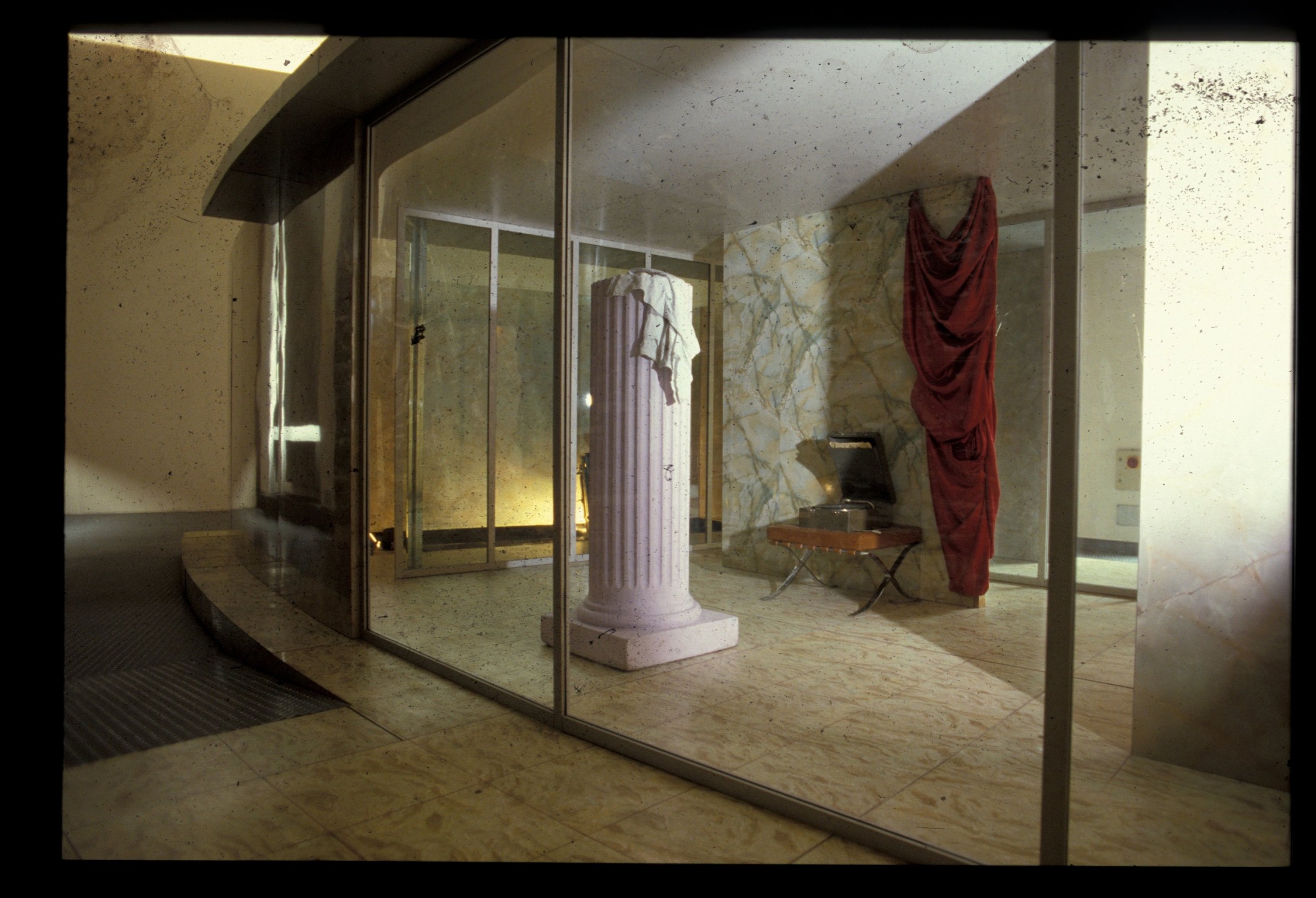
OMA, Casa Palestra, Exhibition, 1985-1986 | oma.com
Taking a great leap forward in time, today, his interest moves from the city to the countryside, where he believes lies the next vast frontier of architecture. After examining the countryside with a wealth of information from the mirror office AMO that he founded with Reinier De Graaf in 1998, and alongside the exhibition Countryside: The Future, presented at the Guggenheim in New York, it is there that he will place his latest hybrid project, Museum in the Countryside, to extend the field of architecture and design into the oversized data centers, between machines and people, and between the urban and landscape scales, something between land art and infrastructure.
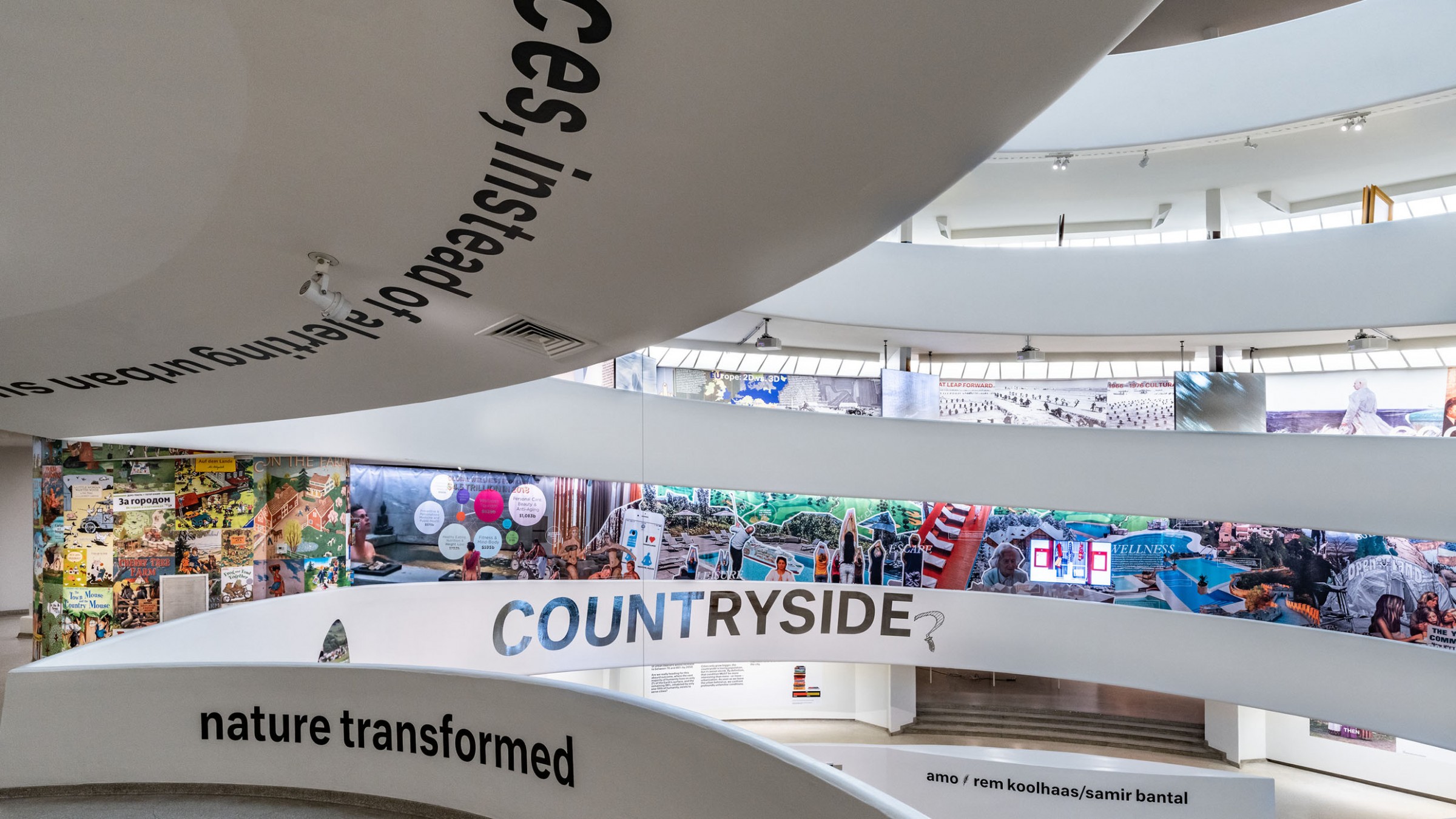
OMA, Countryside: The Future, Guggenheim Museum, Exhibition, 2020 | guggenheim.org
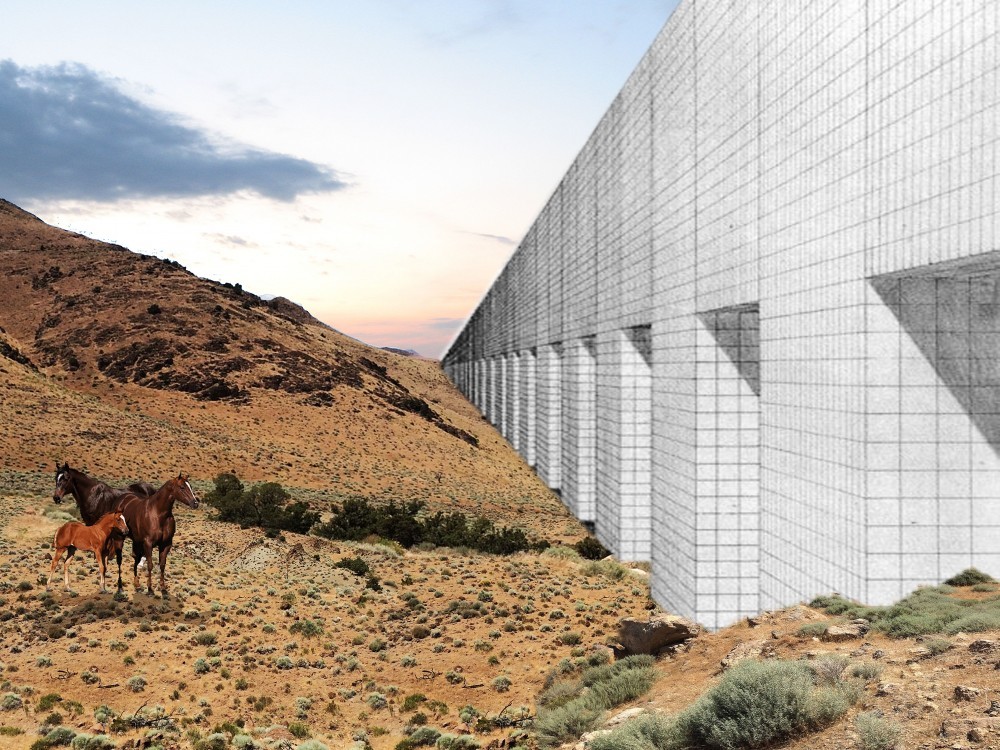
OMA, The American desert and imagined data centers/museums | pinupmagazine.org
He envisioned an individual experience for witnessing art based on the view-on-demand that most platforms that fill up what is left of our free time have, in data centers located outside the city with huge storage resources far more than any museum currently hold. Thus, in the space where man is now the intruder and the machine the primary occupant, the products of human creativity, the artistic works that store distilled processed information from the data centre of culture’s mine, can be brought in for viewing by an automated process similar to that which would be required to transport the latest hair dryer for delivery from Amazon's warehouses. This project collapsed under its own weight of ambition, but like most of Rem's analyses/projections, it simply takes time to be confirmed. And as he says: “We do not know whether, this is impossible”.




